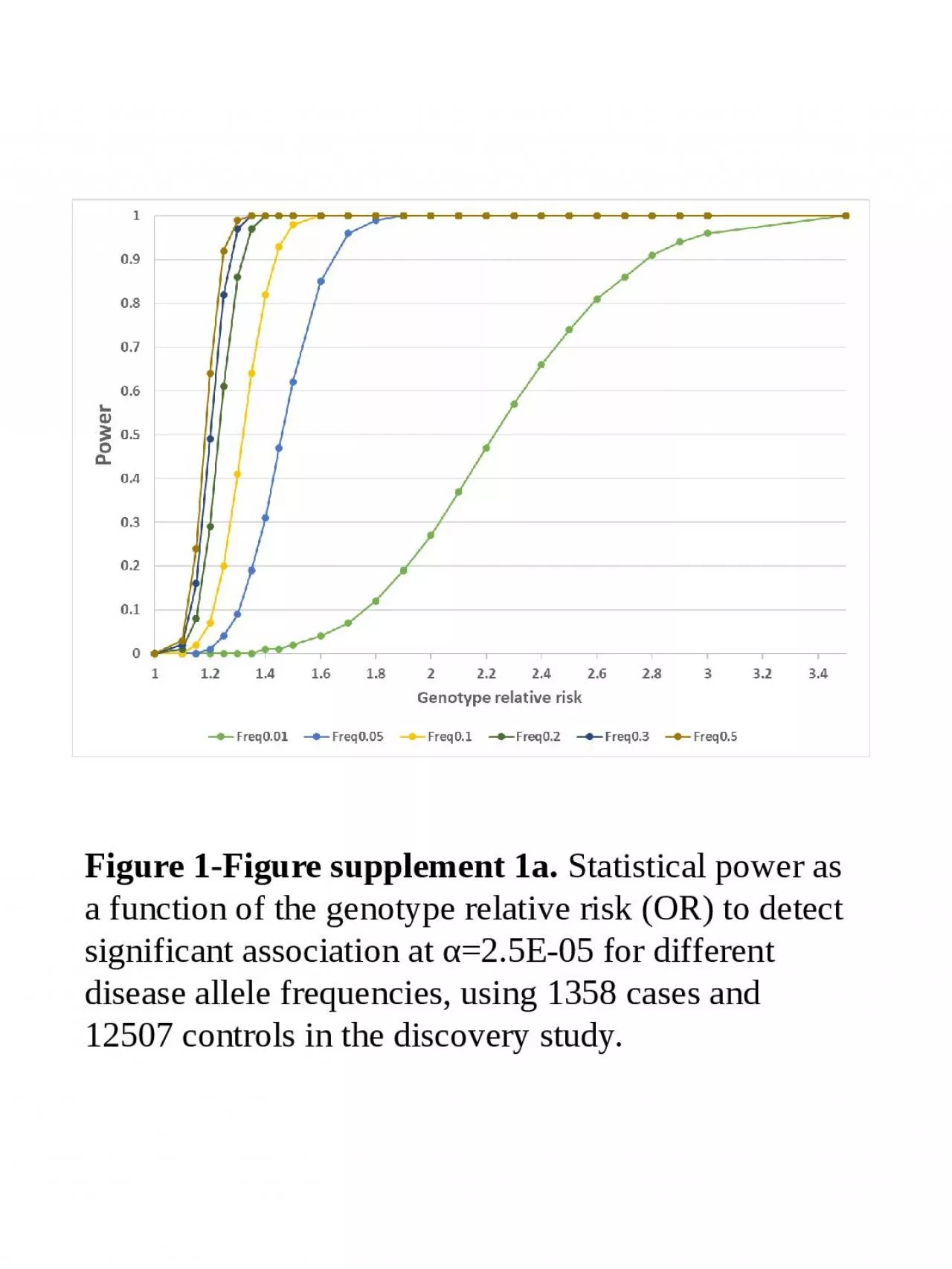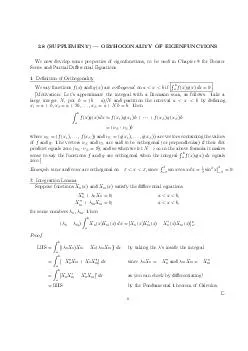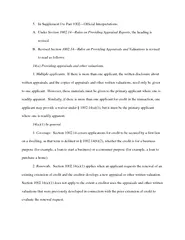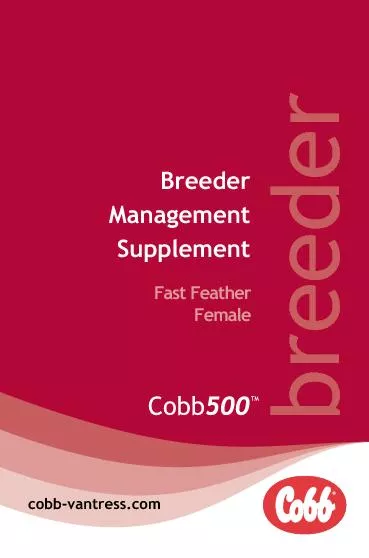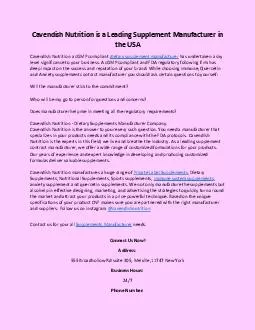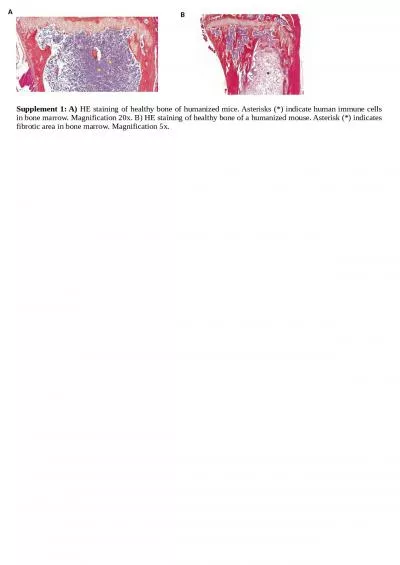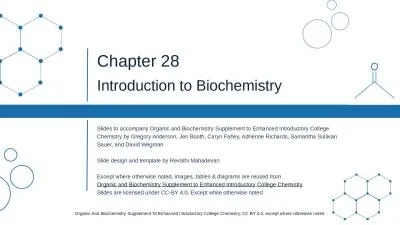PPT-Figure 1-Figure supplement 1a.
Author : piper | Published Date : 2024-01-29
Statistical power as a function of the genotype relative risk OR to detect significant association at α 25E05 for different disease allele frequencies using 1358
Presentation Embed Code
Download Presentation
Download Presentation The PPT/PDF document "Figure 1-Figure supplement 1a." is the property of its rightful owner. Permission is granted to download and print the materials on this website for personal, non-commercial use only, and to display it on your personal computer provided you do not modify the materials and that you retain all copyright notices contained in the materials. By downloading content from our website, you accept the terms of this agreement.
Figure 1-Figure supplement 1a.: Transcript
Download Rules Of Document
"Figure 1-Figure supplement 1a."The content belongs to its owner. You may download and print it for personal use, without modification, and keep all copyright notices. By downloading, you agree to these terms.
Related Documents

